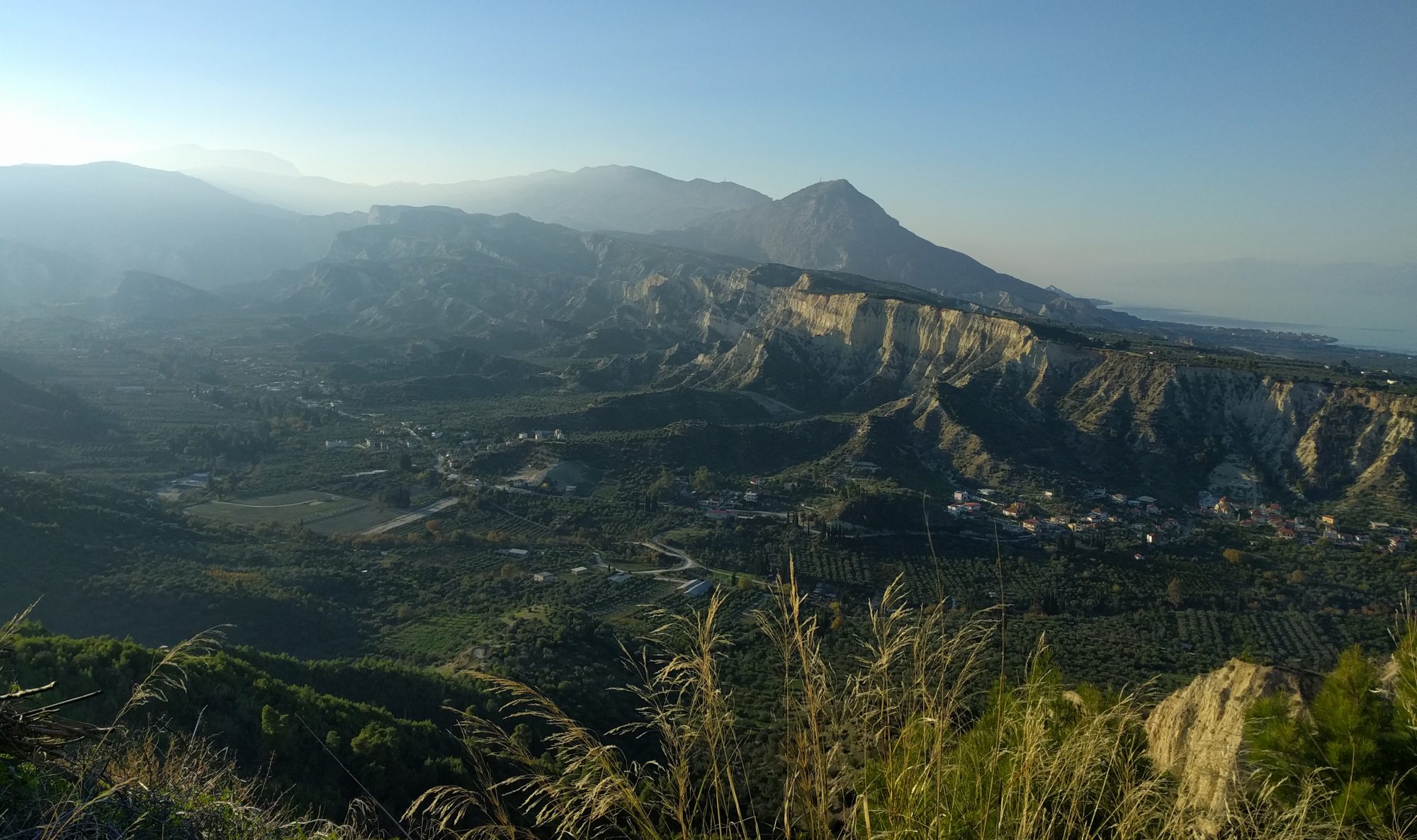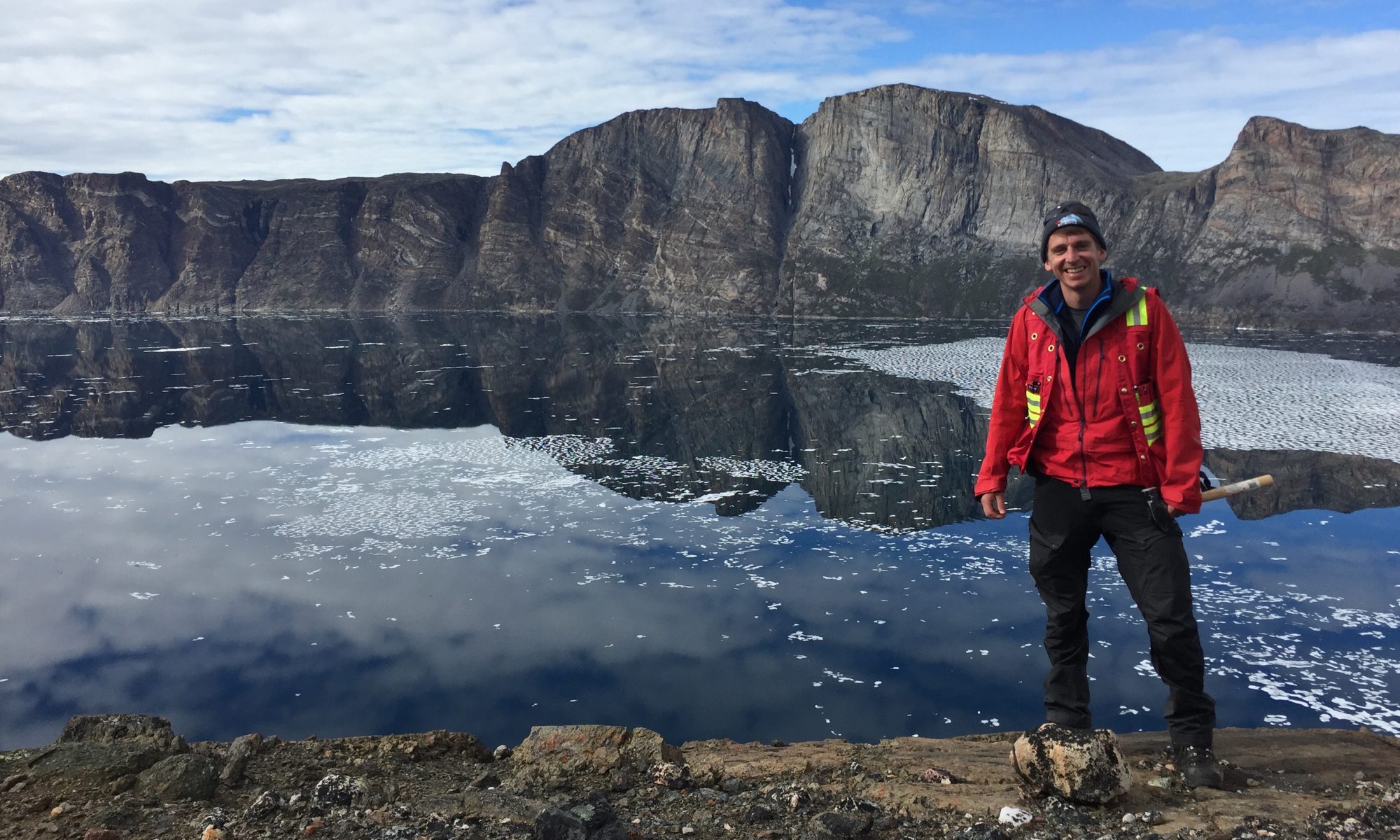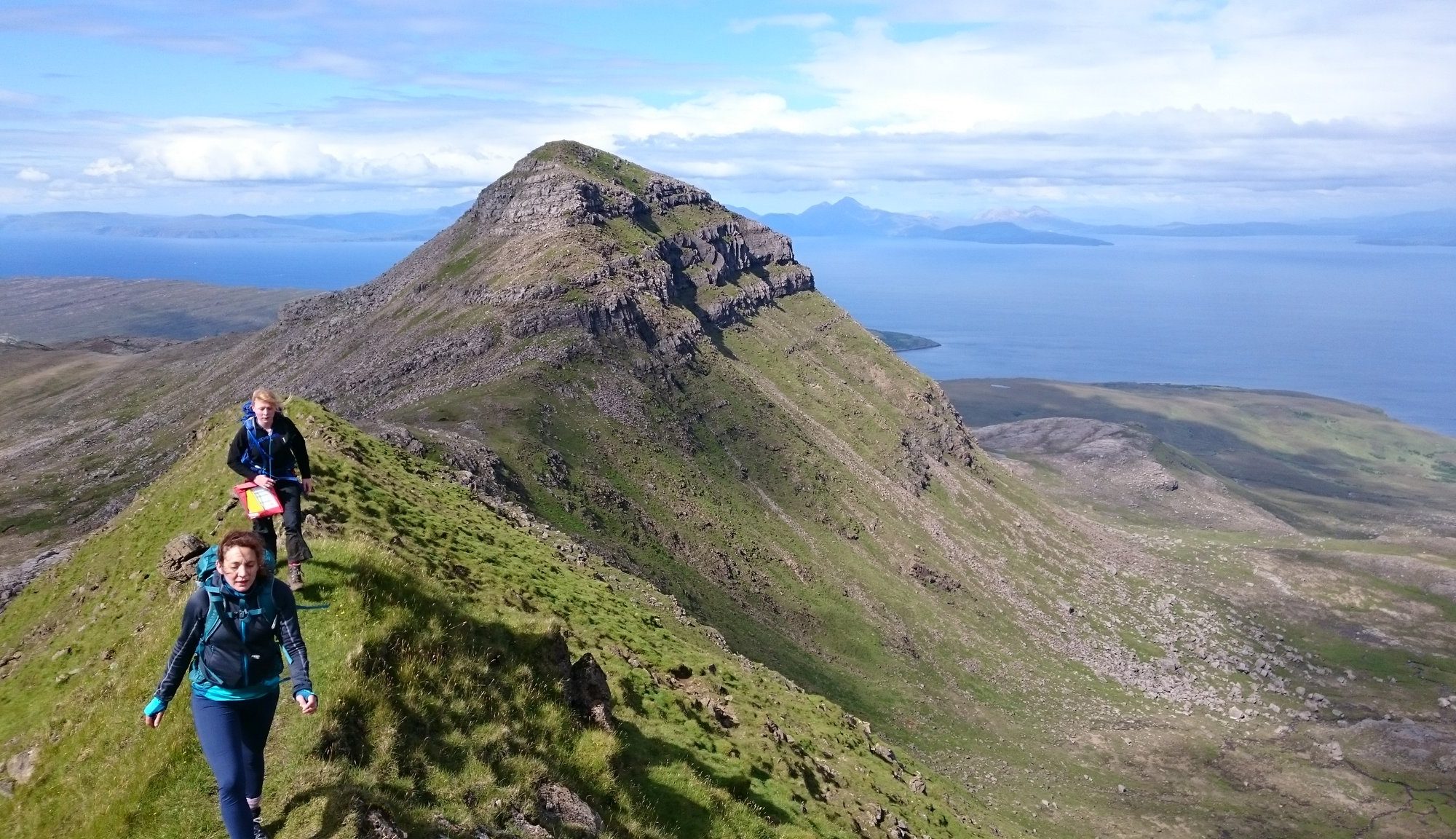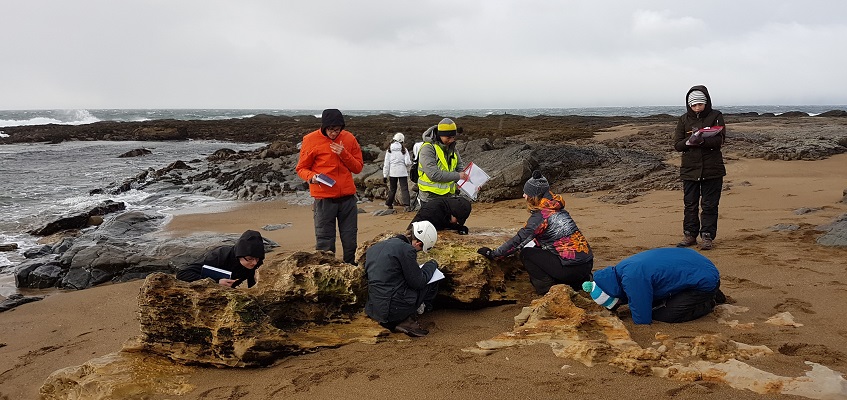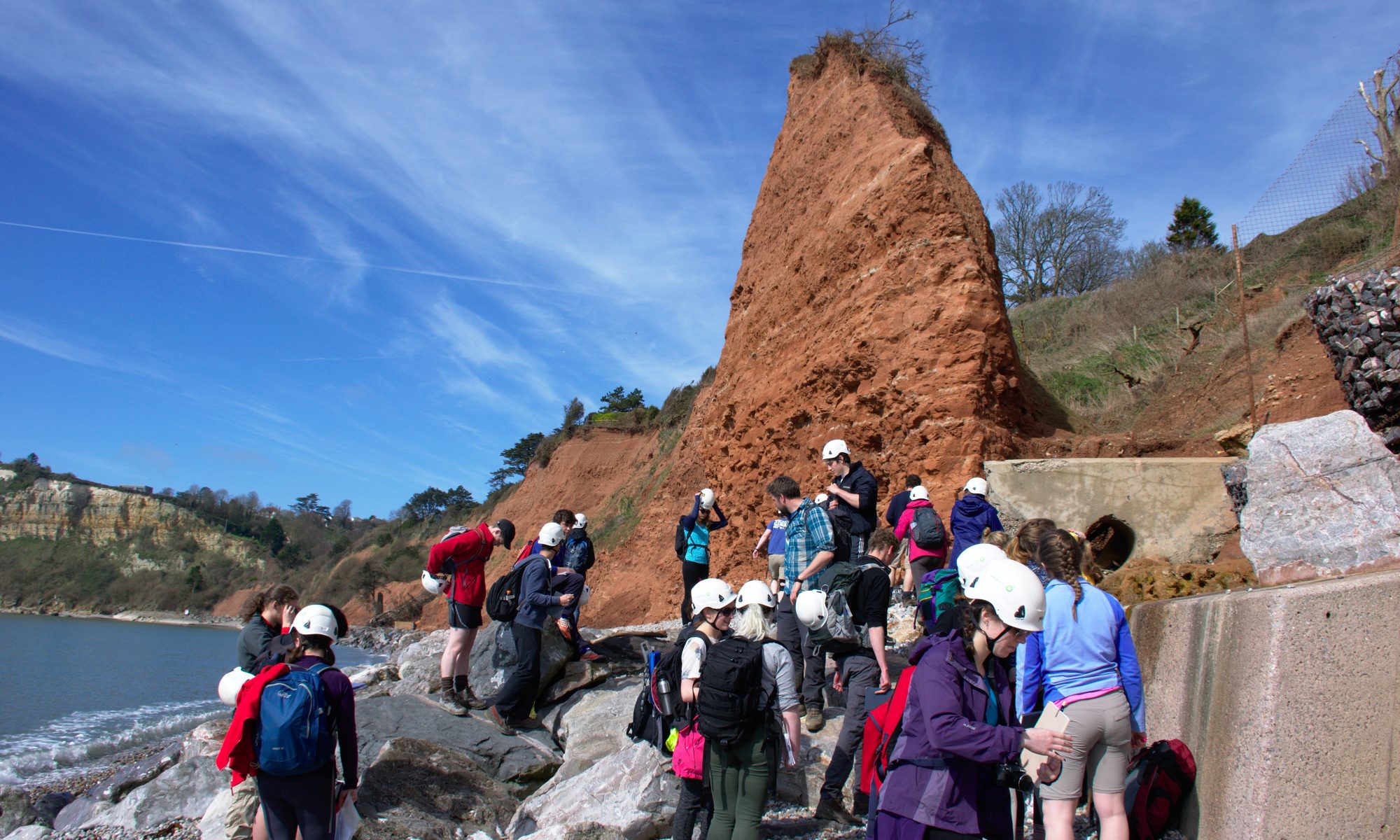Almost 200 years ago, the young Charles Darwin came up to Christ’s College to begin a comprehensive theological education. In what could be considered the most productive procrastination in history, he instead spent much of his time in Cambridge attending lectures in the natural sciences, under the mentorship of John Stevens Henslow and Adam Sedgwick. On the subsequent Beagle voyage, Darwin undertook botanic and zoological studies but, in light of his seminal contribution to evolutionary biology, history often forgets that he also produced a substantial body of geological research.
Today, Christ’s College celebrates the role that it played in Darwin’s early life by facilitating scientific research on the Galápagos Islands. I currently hold the Charles Darwin and Galápagos Islands Fund Junior Research Fellowship and it is testament to Darwin’s broad-ranging interests that I am a geologist.
Continue reading “A scientific voyage in Galápagos”
